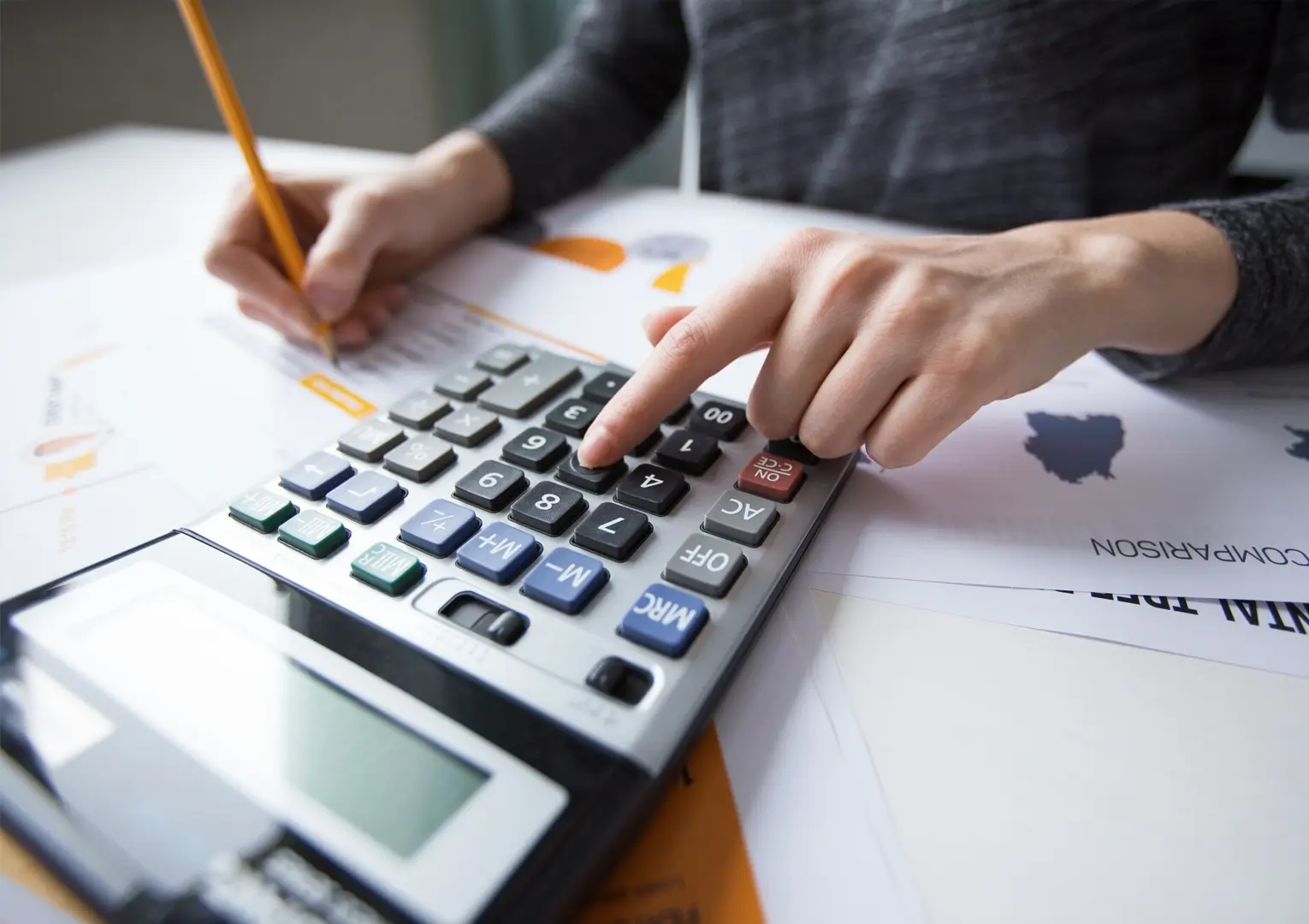What Does Procurement Mean and How Is It Different from Purchasing? Here's the Explanation!
May 9, 2025
Bisnis
Share This Article

In managing a business, cash outflows must be carefully planned, managed, and tracked. This means that procurement and purchasing must be carried out with precision and should not be done carelessly.
Procurement and purchasing are terms that are often used interchangeably, but they are actually two different financial systems. Understanding the difference between the two can help a business become more successful.
Procurement vs. Purchasing
The main difference between the two is that purchasing focuses solely on the cost of ordering and how to reduce it, while procurement focuses on overall value creation and the total cost throughout the purchasing cycle.
In other words, procurement is a broader term that includes purchasing activities and ultimately aims to manage supplier relationships, mitigate risks, reduce costs, and ensure contract compliance.
Here’s a more detailed explanation of procurement and purchasing.
What Does Procurement Mean?
Procurement is the comprehensive process of acquiring the goods and services a business needs to operate effectively.
This process goes beyond simply buying items; it's about planning, evaluating options, and ensuring that every purchase adds value to the company.
The steps in procurement may vary depending on the size and industry of the business, but they typically include the following:
1. Identifying Internal Needs
The first step involves determining the goods and services required by the business, which includes assessing current operations and analyzing historical data.
Additionally, collaboration with teams from other departments is necessary to identify gaps and accurately forecast needs for upcoming production.
The easiest way to do this is by asking employees to create Purchase Requisitions (PR) whenever they need a product or service.
2. Researching the Market and Selecting Suppliers
Once the organization's needs are clear, the next step is to choose from existing suppliers or search for new vendors. The goal is to find a supplier that aligns with the business's evolving needs.
3. Issuing RFQ or RFP and Selecting Suppliers
To evaluate potential suppliers, the procurement team usually issues a Request for Quote (RFQ) or a Request for Proposal (RFP), which is also called a Request for Bid.
These are used when the supplier has a clear offering of the products or services required, and to compare prices. On the other hand, they are also used to assess quality, delivery schedules, innovative solutions, and service requirements.
4. Negotiating Terms and Signing Contracts
This step is crucial because it means that the procurement team is ready to collaborate with the supplier to agree on important details such as price, delivery schedule, payment terms, and warranties.
This process can take anywhere from a few days to several weeks, depending on the complexity of the agreement and the number of parties involved.
5. Creating and Approving Purchase Orders
A Purchase Order (PO) is a legal document that outlines the purchasing details, including quantity, price, payment terms, and delivery schedule. This is where the approved PR is converted into a PO after the contract has been signed.
6. Receiving and Inspecting Delivered Goods
When the order arrives, the receiving team will verify that the correct quantity and type of goods have been delivered while inspecting for visible damage or defects.
If discrepancies arise, such as missing or damaged items, the procurement team will work with the supplier to resolve the issue.
7. Processing Invoices and Making Payments
The next step involves the finance team reviewing the invoice sent by the supplier. The goal is to ensure that the invoice reflects the correct price, quantity, and other terms, such as tax or shipping costs.
The team will also check if the invoice matches the goods receipt and the approved purchase order to confirm the details.
Also Read: What is an Invoice: Its Function, Types, and Elements.
8. Record Keeping
This step is done to ensure that purchasing remains organized and that everything is properly documented, including tracking orders, invoices, contracts, and receipts.
Regularly keeping records will help prevent overspending, ensure that everyone follows company policies, and make audits easier.
9. Evaluating and Building Relationships with Suppliers
Supplier evaluation typically involves reviewing key performance indicators (KPIs) such as delivery times, product quality, and price accuracy.
Additionally, factors such as profit margins and contract compliance will also be considered.
Definition of Purchasing
Unlike procurement, purchasing is the direct transactional aspect of acquiring goods needed by a business.
This process typically involves well-defined routine activities such as placing orders, processing payments, and ensuring that goods or services are delivered as agreed.
The purchasing process typically includes the following steps:
Creating a Purchase Requisition (PR)
The process begins when a team submits a purchase request with details of the required goods, quantity, and desired delivery date.This document provides the necessary initial information to start the purchasing process and helps prevent errors or misunderstandings regarding employee requests.
Approving the Purchase Requisition (PR)
The approval process ensures that the requested expenditure is allowed and in line with the organization's budget and company policies, such as procurement guidelines or spending limits.That’s why purchasing requires approval from authorized parties, such as department heads, finance managers, procurement managers, or C-level executives.
Issuing a Purchase Order (PO)
After the purchase request is approved, a PO is created and sent, which includes the items, quantity, agreed price, and delivery terms.However, some businesses or companies may start the purchasing process directly with an order, skipping the request step.
Receiving the Order
When the ordered goods are delivered, the receiving team checks the order against the purchase order.This step includes verifying the correct quantity, checking for damaged or defective items, and ensuring that the goods meet the agreed-upon specifications and quality standards.
Verifying the Invoice and Performing the Matching Process
Once the goods or services are received and verified, the supplier sends the invoice.The finance team then performs a matching process by comparing the invoice with the purchase order and receiving documentation.This ensures that the quantity, price, and agreed terms, such as discounts or additional charges, are consistent across all documents. If everything matches, the invoice is approved for payment.
Making the Payment
The next step is for the finance team to check if payment terms, such as discounts or penalties, have been met.Then, the team ensures that the payment method is appropriate for settling with the supplier.Once the payment is made, the transaction is recorded in the company's financial system and communicated to the supplier.
Key Differences Between Procurement and Purchasing
After reading the explanation above, you may now better understand that while procurement and purchasing work in the same context, they are not the same.
Here are some key differences between the two:
Objective
Purchasing focuses on order costs, while procurement focuses on the value created and Total Cost of Ownership (TCO).
The main goal of purchasing is to minimize order costs, while procurement aims for goals such as risk mitigation, contract compliance, cost savings, ongoing supplier relationships, and more.
Supplier Relationships
One of the main tasks of the procurement team is to build long-term, collaborative relationships with suppliers.
The purchasing team tends to work only with existing suppliers and is not as focused on building relationships.
Price and Value
Procurement emphasizes the value that goods or services provide to the organization, especially in the long term.
Purchasing is concerned with the cost or price tag associated with the materials desired.
Proactive vs. Reactive Approach
Procurement takes a proactive approach, while purchasing is more reactive.
This means procurement requires much larger-scale planning and strategy before, during, and after acquiring the needed materials.
Transactional vs. Relational Process
nlike procurement, which aims to develop long-term, mutually beneficial relationships with suppliers, purchasing focuses more on transactional efficiency rather than relationship development.
Process Sequence
Procurement has a much more complicated process flow, involving everything from identifying needs, sourcing, closing contracts, and maintaining records.
Purchasing is mostly a three-step process involving ordering, expediting, and payment.
Risk Evaluation and Mitigation
Since purchasing is purely transactional, it does not accommodate risk identification and mitigation. As a result, businesses can face various supply chain risks when dealing with vendors or suppliers.
Procurement, however, includes risk identification as a key function, ensuring compliance guidelines are enforced among all stakeholders.
Also Read: Limited Edition Strategy: Benefits, Challenges, and Success Tips
That’s the explanation regarding procurement and purchasing, which have different meanings. If you're having trouble recording your business cash flow reports, just use the Labamu app.
Here, you'll get assistance in running and growing your business. This is because Labamu has many helpful features, one of which is the Reports feature. With this feature, you can monitor every detail of your business regularly, including financial matters.
You can customize the details of the reports you want to see, such as profit and loss reports. Additionally, these reports can be downloaded to your device in Excel format, making them easier to analyze.
Download Labamu now on Google Play or the App Store and join over 84,000 Indonesian entrepreneurs who have already benefited from this app.














